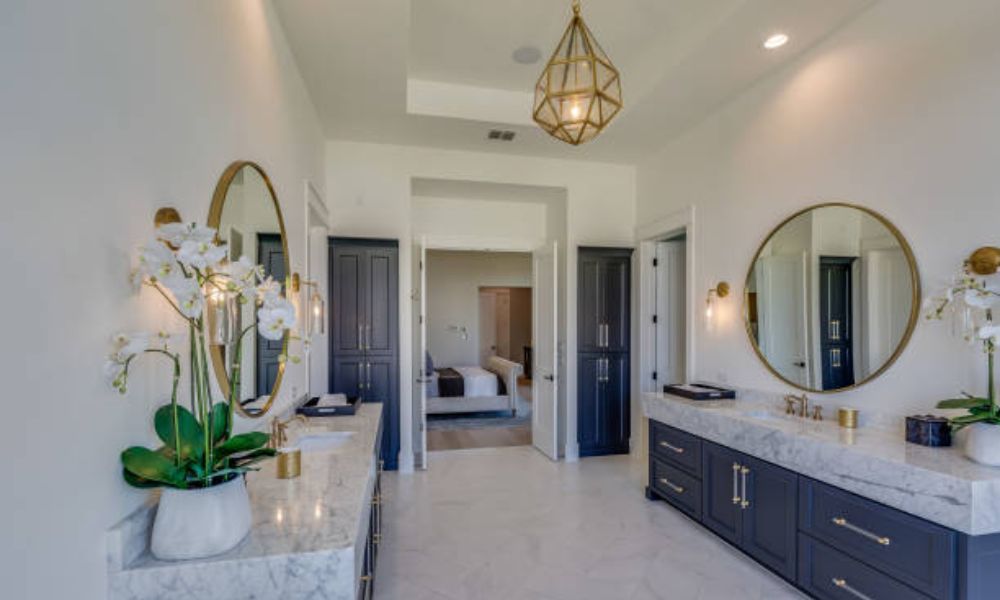I still remember the day our bathroom light gave up on me. It was a foggy winter morning. I shuffled in, towel on my shoulder, barely awake. I flipped the switch—and there it was. One sad yellow bulb hanging above the mirror. Shadows everywhere. I looked like I hadn’t slept in days. That was my breaking point. I dove into the world of recessed lights—lumens, trims, sizes, angles. It was confusing at first. But I learned What Size Recessed Lights For Bathroom? I want to help you skip the stress and get straight to what works.
What Size Recessed Lights for Bathrooms? Let’s Break It Down
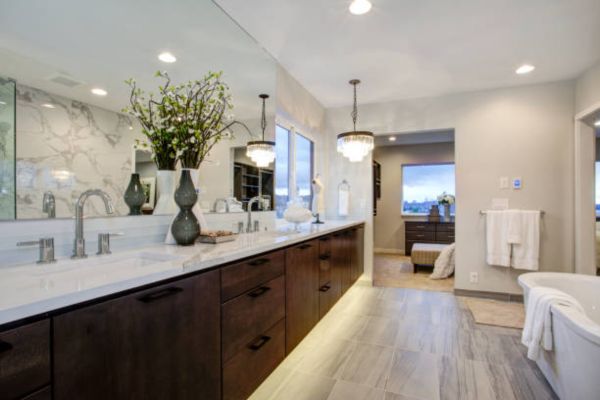
It also called can lights or downlights, come in several sizes. The most common sizes are:
- 3-inch
- 4-inch
- 5-inch
- 6-inch
Each size serves a different purpose. Choosing the right one depends on the room size, ceiling height, task areas, and the atmosphere you’re trying to create. For a deeper guide, check out the Best Recessed Lighting For Bathroom to match your style and needs.
3-Inch Recessed Lights
These are your little spotlight friends. Perfect for accent lighting or narrow beam tasks—like over a shelf or highlighting tile work in your shower. I used two 3- fixtures to spotlight some mosaic tiles we had added to our walk-in shower, and they added just the right sparkle without flooding the space.
4-Inch Recessed Lights
My personal favourite for most bathroom applications. These lights provide a clean, modern look and give off just enough light for general use when spaced properly. They’re compact, stylish, and versatile.
I installed four 4-inch lights in a 6-by-8-foot bathroom—two over the main area, one above the sink, and one in the shower zone (with a wet-rated trim). The result? Balanced, shadow-free lighting.
5-Inch Lights
A bit more powerful, these are often used in slightly larger bathrooms or powder rooms that need strong general lighting but don’t want to go full 6.
6-Inch Lights
The traditional workhorses. These big boys throw off a lot of light and are great for high ceilings or big master bathrooms. But in smaller spaces, they can feel overwhelming and bulky.
So, here’s a golden rule from my own experience:
Use 4-inch recessed lights for a standard-size bathroom. 6 only for large or high-ceiling spaces. Use 3 for accent or focused lighting.
Step-by-Step: How to Choose the Right Size
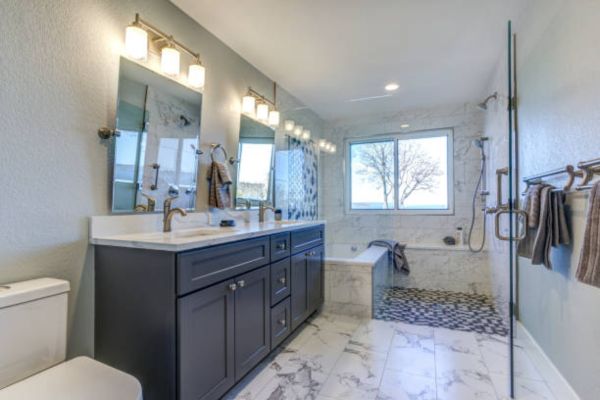
Let’s walk through the process like I did with my bathroom.
Step 1: Measure Your Space
You need to know your bathroom’s square footage. Is it a compact 5×8? A roomy 10×12? Measure the length and width, then multiply.
Example: 8 ft x 10 ft = 80 sq ft.
Step 2: Determine Your Lighting Zones
Bathrooms usually have multiple zones:
- Vanity/sink area
- Shower or tub area
- General ambient area
- Toilet or separate water closet
Each zone might benefit from a different size light or beam focus.
Step 3: Choose the Right Size for Each Zone
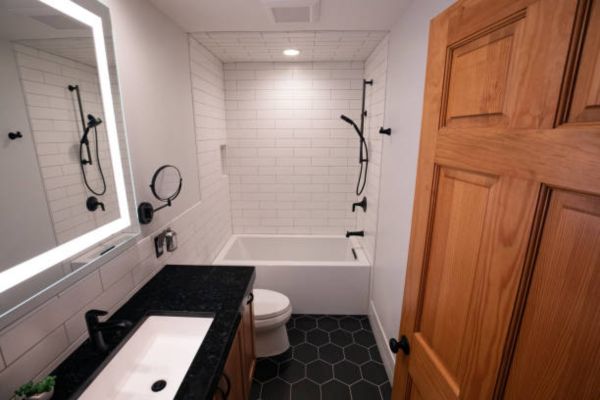
- Vanity: 4-inch is ideal, especially with a wide beam spread or paired with wall sconces.
- Shower or Tub: Wet-rated 4-inch or 3-inch work best here.
- Ambient Area: Use 4 or 5 spaced evenly.
- Toilet Nook: One 3- or 4-light is enough.
Step 4: Space Them Evenly
Here’s a quick spacing rule that worked great for me:
- Divide ceiling height by 2 to get spacing between lights.
8-ft ceiling = space lights 4 feet apart
Also, keep lights about 1.5 to 2 feet away from the wall to avoid that annoying light stripe running down your wall tile.
My Favourite Lighting Layouts (Tried and Tested!)

Layout for a Small Bathroom (5×8 ft):
- Two 4-inch lights: one centered over the vanity, one near the shower.
- Optional: Add a dimmable mirror light or sconce.
Layout for a Medium Bathroom (8×10 ft):
- Four 4-inch lights spaced evenly in a rectangle.
- One 3-inch spotlight over the shower stall.
- Optional: One 4-inch light over the toilet.
Large Bathroom (10×12+ ft or Double Vanity):
- Six 4-inch or 5 lights evenly spaced.
- Two task lights over each sink.
- One or two 4 wet-rated in the shower and tub areas.
- A dimmer switch to control zones separately.
Pro Tips from My Toolbox
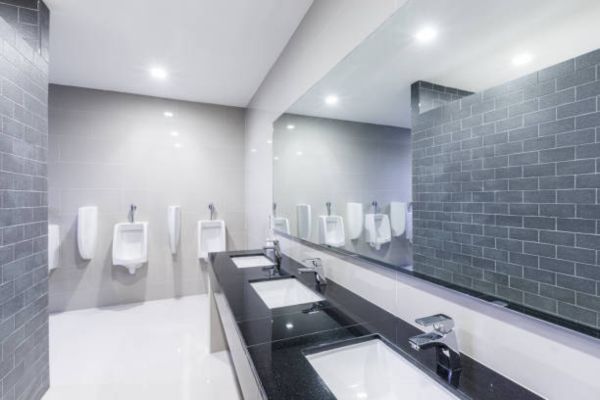
Over the years, I’ve made a few mistakes and picked up some lighting wisdom. Let me share the gems:
Don’t Use Too Many Big Lights
It’s tempting to go big and bright, but too many 6 can turn your bathroom into a hospital corridor. You want clarity, not glare.
Choose Wet-Rated or Damp-Rated Fixtures
Especially over the shower or near the tub. Steam and water can shorten the life of your lights—and that’s no fun when you’re up on a ladder replacing them two months later.
Add Dimmer Switches
Game-changer! In the mornings, I use full brightness to get ready. But in the evenings? I dim the lights for a relaxing bath or calming shower. It’s like two bathrooms in one.
Consider Color Temperature
I like a 3000K soft white tone. It’s not too yellow, not too blue—perfect for both shaving and relaxing. I once installed a cool 5000K light in the shower, and my skin looked like I was auditioning for a vampire movie.
Match the Trim to Your Ceiling
A white baffle trim blends in beautifully and reduces glare. Avoid reflective trims unless you’re going for a very specific design look.
Use LED
Low heat, long life, and energy efficient. I’ve had the same LED in my bathroom for over five years now—and they’re still going strong.
Final Thoughts
Choosing recessed lights isn’t only about looks. It’s about how your bathroom makes you feel each day. A few small choices—like picking 4-inch, using dimmers, and spacing them well—can change everything.
Now, I walk into soft, calm light each morning. No glare. No shadows. Just peace. It helps me start the day in the right mood.
So take your time and think it through. Your bathroom should feel good. And now, you know how to make it glow just right.
FAQ
What size recessed lights are best for a small bathroom?
The best size lights for a small bathroom are 4-inch lights. They offer bright, even light without taking up too much space.
Can I use 6-inch recessed lights in the bathroom?
Yes, you can use 6 in large bathrooms or rooms with high ceilings. But they may feel too big for small spaces.
How many recessed lights do I need in a standard bathroom?
A standard bathroom usually needs 2 to 4. Place them evenly to avoid shadows and create balanced, bright lighting.

